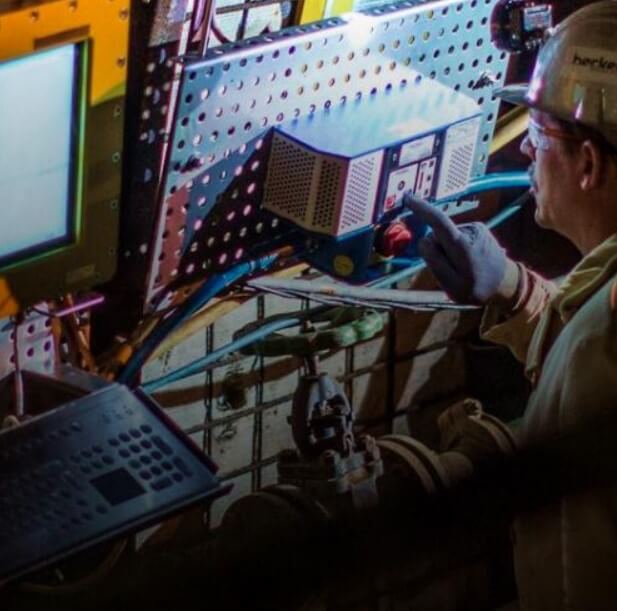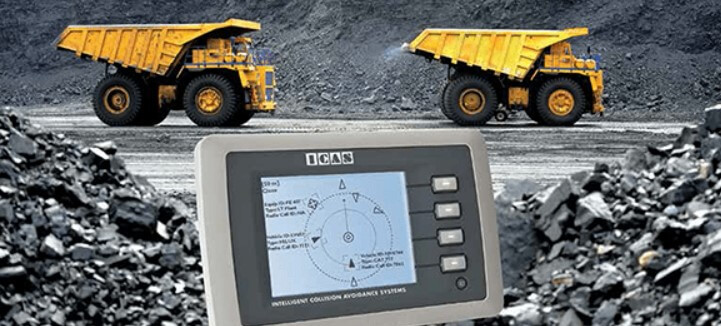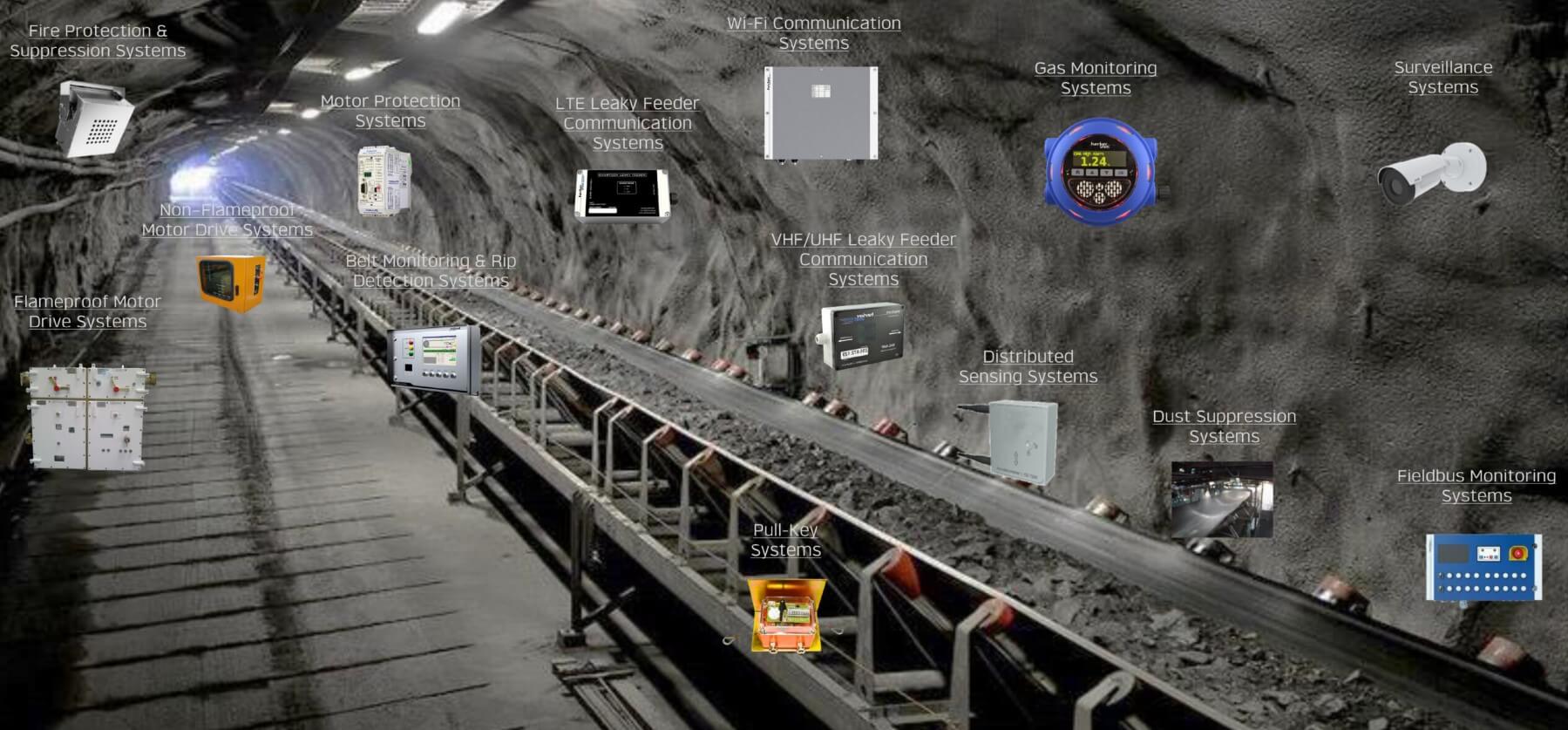Control panels comprise electrical components and gadgets that enable industrial processes and equipment automation. When developing a custom control panel design, several essential factors must be considered to ensure that it functions well, is safe to use, and remains trustworthy. Understanding the fundamentals of things to consider in industrial control panel design can help ensure that your panel matches your needs and eliminates the possibility of costly errors during your project.

GET IN TOUCH
In a hurry? Call us at 276-285-3841
Panel Blueprint And Design
Designing an industrial control panel necessitates thorough consideration of all aspects of your production process, equipment, and facility environment. The following pieces of information are required in a good control panel design:
- The necessary type of enclosure
- The available space for installing the control panel
- The electrical requirements and
- The hardware and software components needed to provide the desired functionality.
While a custom control panel is tailored to a unique application, most follow a similar basic design.
Labeling
Each and every component in the panel needs to be labeled. It will be tough to service the control panel if the labels are illegible, jumbled, and distorted. The specific conventions listed below should be adhered to conserve textual space:
- Labeling for wiring should be placed at the wire's terminus.
- Power distribution wiring should be labeled according to the terminal number to avoid confusion later.
- Wires for PLC I/O wiring must be labeled according to the syntax matching each PLC address.
- Standard abbreviations that indicate the kind of component and the line number should be used for components like power supply and circuit breakers.
Control Panel Size
Control panel sizes have space constraints in industrial settings. However, it should be prioritized instead of viewed as an optional duty. The placement of components should be such that they assist in shielding systems from harm and that you may swap them as needed to accommodate changing needs.
Some Useful Pointers:
- Depending on how each component emits heat, there should be plenty of space for it.
- There should be space for growth because additional components must be added as time progresses.
- Sufficient vertical space can assist in solving issues with heat dissipation and reduce the demand for external air conditioners.

GET IN TOUCH
In a hurry? Call us at 276-285-3841
Design Of Wireways
Correct wireway selection and quantity are essential for well-designed control panels. Enough space is needed for field I/O wire and internal panel wiring. Some wireway placement tips are:
- Assuming that wireways will be brought in and terminated at an existing I/O terminal, they need sufficient space to transport field I/O wiring to the appropriate terminals.
- Labels should be adequate so technicians can perform diagnostics and/or modifications efficiently.
Component Placement
Component placement is a crucial part of design. To ensure that the arrangement of the components makes sense, component groups must be formed. This guarantees the efficient operation of every component. Another step in creating a bespoke control panel is choosing the appropriate parts and equipment to achieve the desired control capability. For it, consider the types of components required in your system:
Simple control components: Relays and timers are examples of control components that can be used in basic control applications when all that's needed is the ability to turn something on or off in response to an input signal.
Complex Control Panels: A programmable logic controller (PLC), a microprocessor specifically made to function in challenging industrial environments, may be necessary for more sophisticated applications, such as those requiring the capacity to control a series of events.

GET IN TOUCH
In a hurry? Call us at 276-285-3841
Conclusion
Designing a good control panel involves careful consideration of various factors to ensure functionality, safety, and reliability. From panel blueprint and design to labeling, control panel size, wireway design, and component placement, each aspect plays a critical role in creating an efficient and effective control panel. By following the guidelines outlined and understanding the specific needs of your industrial processes, you can create a custom control panel that meets your requirements and avoids costly errors. Whether employing simple control components or complex systems like programmable logic controllers, prioritizing thoughtful design ensures optimal performance. For further assistance in designing and implementing tailored control panels, resources like Becker USA offer valuable expertise and solutions.
Contact Us Today!
Ready to optimize your industrial processes with a custom control panel design? Let Becker USA be your partner in creating efficient, safe, and reliable solutions tailored to your needs. Visit our website today to get started: https://beckersmcusa.com/
Products We Offer:
- Explosion Proof Equipment
- Transformers
- Arc Guard
- Longwall Electrical Systems
- Capacitor Trip Devices
- Electrical Equipments like capacitor banks, switch houses, junctions, and splice boxes.
Power up your productivity with Becker Mining's ground fault relays - the reliable and efficient solution for all your power distribution needs. Call us today!